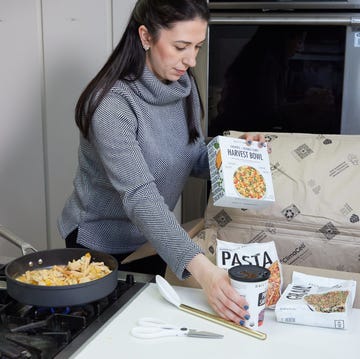The Best Canned Tuna to Make Your Favorite Sandwiches and Salads
Our taste test led us to the top canned tuna brands to try at home right now.
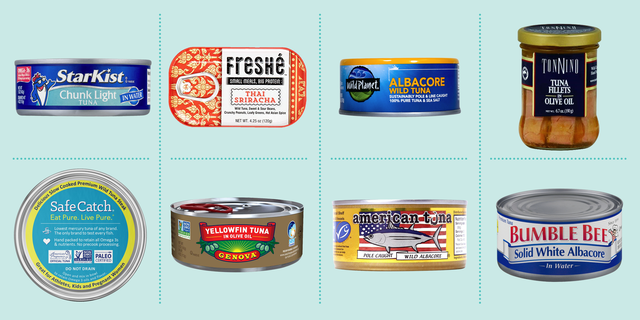
We've been independently researching and testing products for over 120 years. If you buy through our links, we may earn a commission. Learn more about our review process.
When searching for the best canned tuna, there’s more to consider than just tuna sandwich-ready taste. You might have questions about sustainability, mercury levels, and harvesting methods — factors that you don’t necessarily have to think about with other canned goods.
That said, canned tuna can be great for you since it's an excellent (and convenient!) source of protein: Just 3 ounces supplies about 20 grams! Plus, it’s high in minerals and omega-3 fatty acids, which are important for brain function and for warding off heart disease and inflammatory conditions like arthritis.
Below, our Test Kitchen experts break down everything you need to know about the chicken of the sea, including your most pressing tuna questions and the best canned tuna brands to buy, so the next time you’re craving a cheesy tuna melt, you’ll know exactly what to do.
What about mercury levels?
It's important to note that nearly all fish contain some amount of mercury, and tuna actually has less than other varieties like swordfish or mackerel. However, you may want to enjoy tuna in moderation, especially if you’re pregnant, breastfeeding or feeding young children. The FDA suggests limiting the consumption of white/albacore or yellowfin tuna to one serving per week, and skipjack tuna to two to three servings per week.
In support of the 2015-2020 Dietary Guidelines for Americans, the FDA recommends that adults consume at least 8 ounces of seafood per week (less for young children) and that women who are pregnant or breastfeeding consume 8-12 ounces of seafood per week, opting for choices that are lower in mercury.
Ultimately, the type of canned tuna you choose to eat will depend on your flavor preferences and dietary needs. The most common types of canned tuna at the store are “white” or “light” tuna. "White" tuna is albacore. "Light" can be skipjack, yellowfin, bigeye, or a combination. White tuna has a milder flavor than “fishier” light tuna and is higher in omega-3 fatty acids, but it can also be higher in mercury. Experiment with the type of tuna you prefer, and incorporate your top picks in moderation as part of a balanced diet.
What’s the difference between chunk and solid tuna?
Chunk-style tuna comes in very small pieces, which are best when you’re after a smoother, creamy, tuna salad-like texture. Solid tuna comes in large pieces that flake into hearty chunks, which is great for pasta or green salads.
Should I buy tuna packed in water or oil?
Tuna packed in water has a milder flavor and fewer calories than oil-packed, so if you need a can for your everyday tuna salad on rye, water-packed works fine. For the best flavor and a richer texture, look for tuna packed in olive oil. Just read the label to make sure it doesn’t contain any extra oils, like vegetable or soybean.
Samantha (she/her) is the Senior Editor at Delish, where she edits the most-talked-about food news and features on the internet. In her previous role as Assistant Editor in the Good Housekeeping Test Kitchen, she taste-tested hundreds of products and recipes (tough job!). A graduate of Fordham University, she considers the kitchen to be her happiest place.

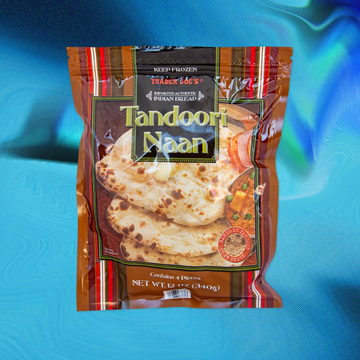
Trader Joe's Tandoori Naan Review
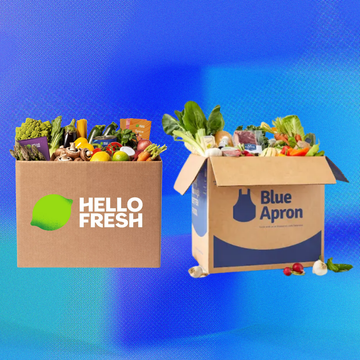
Blue Apron vs. HelloFresh Review

The Best Emergency Food Kits
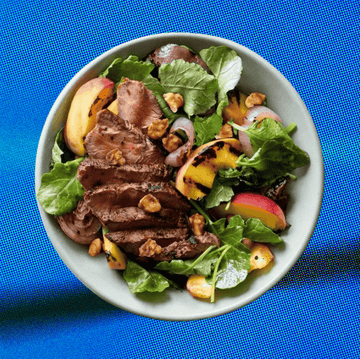
Sunbasket Meal Kit Review













